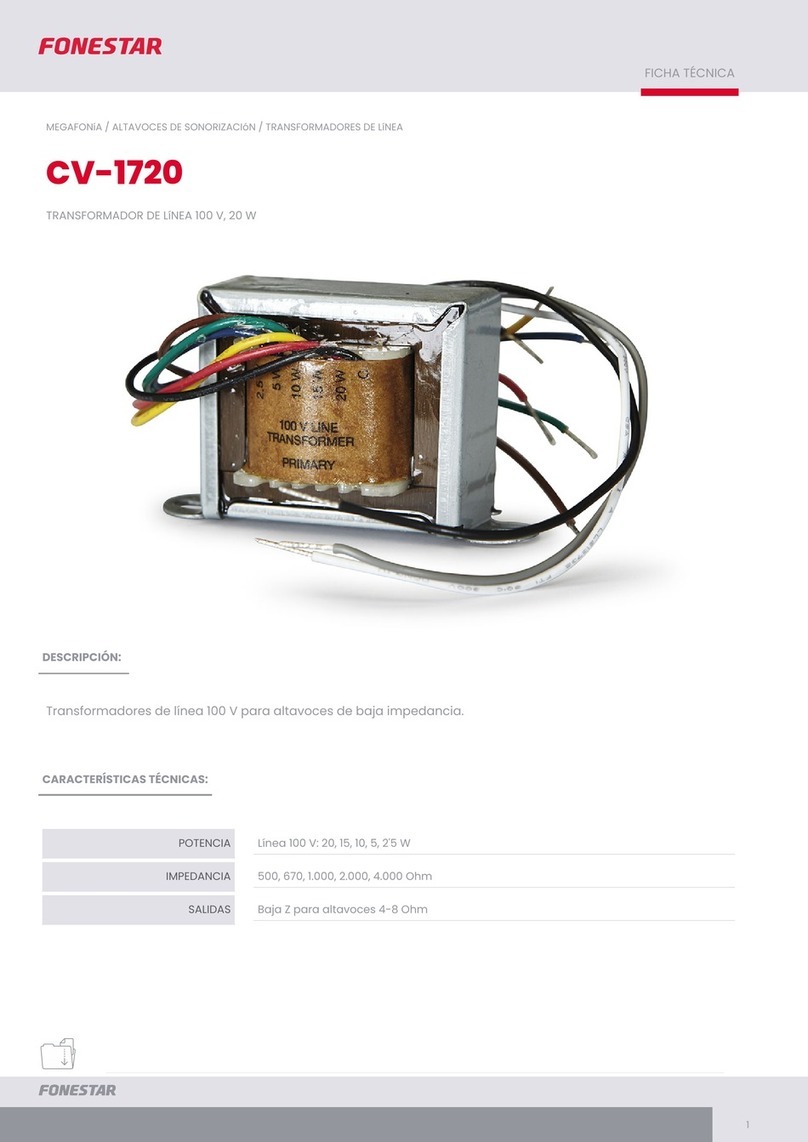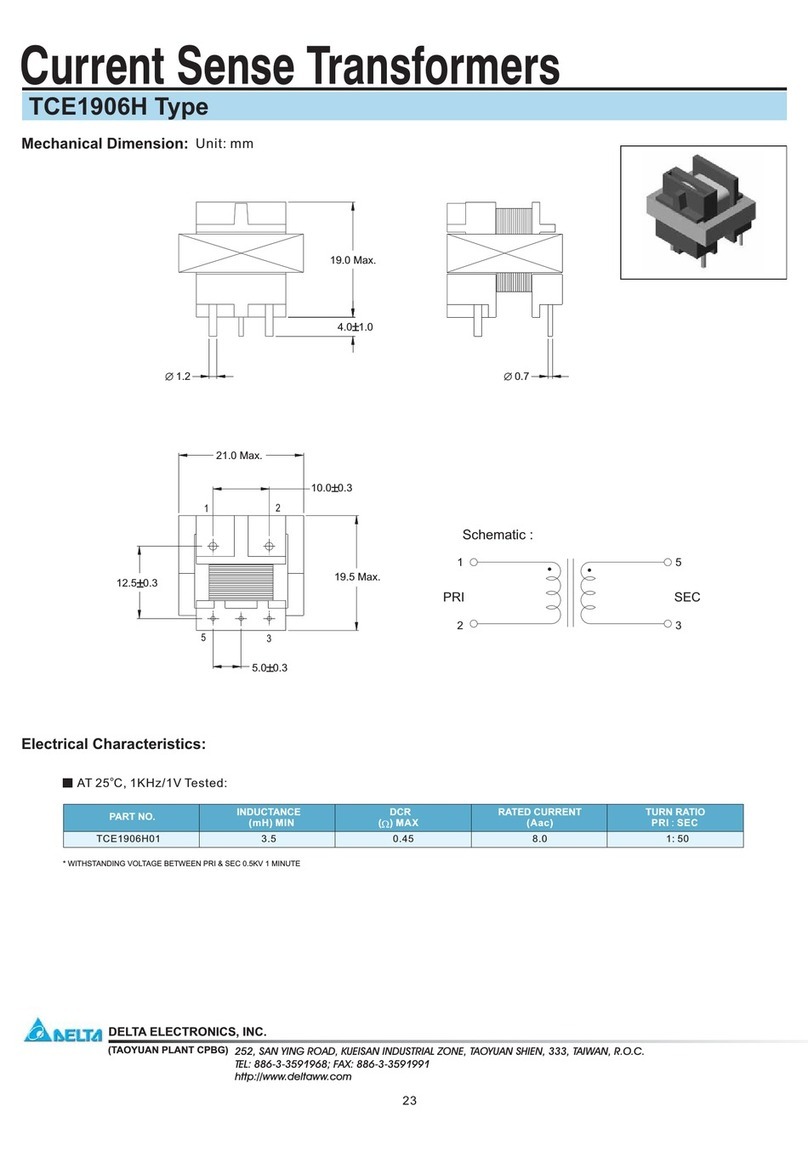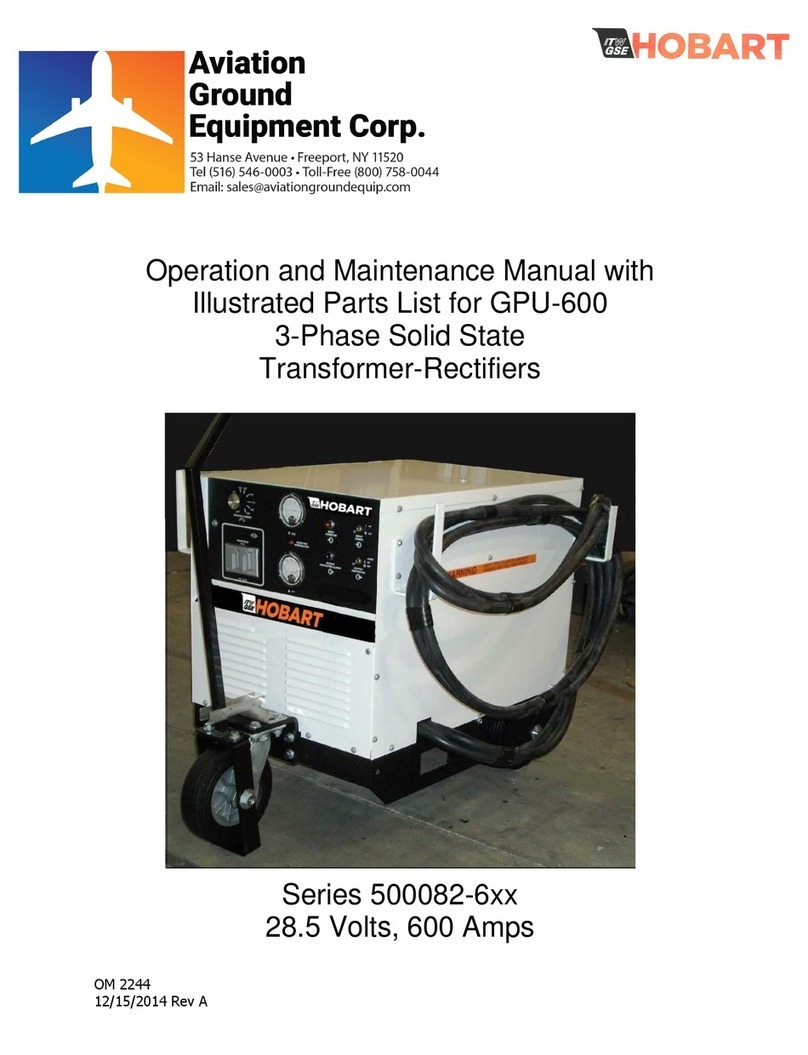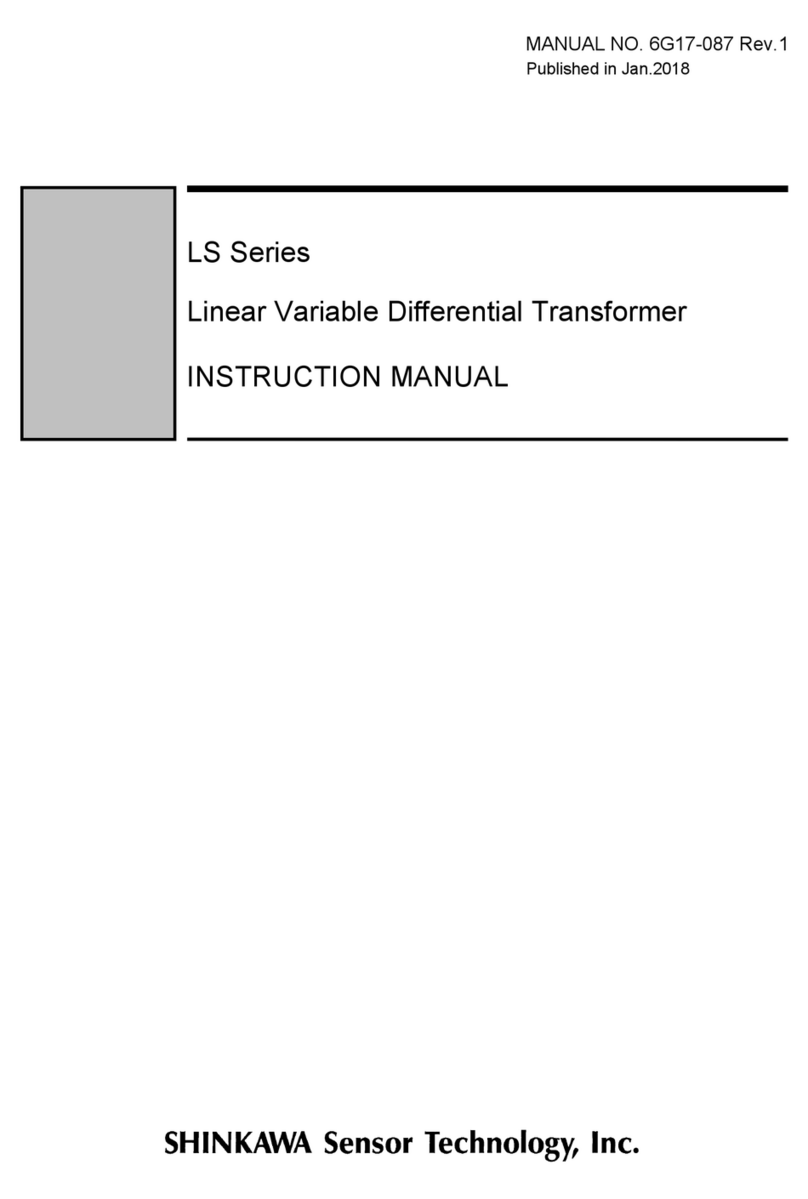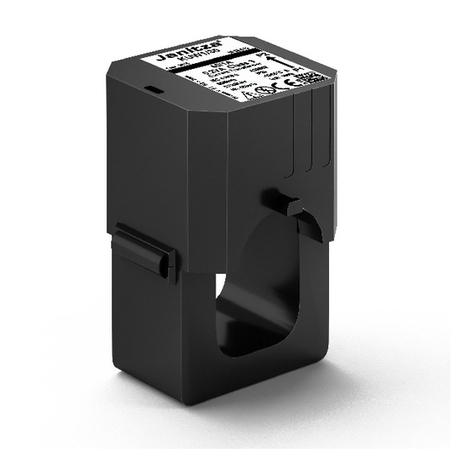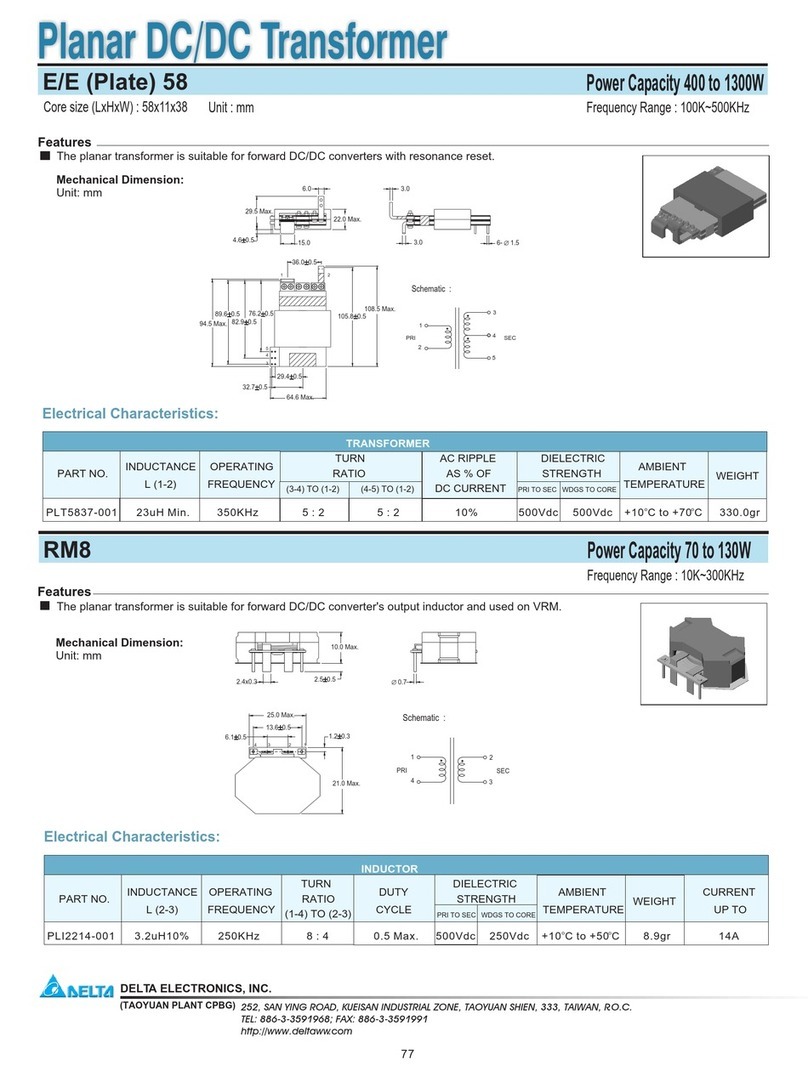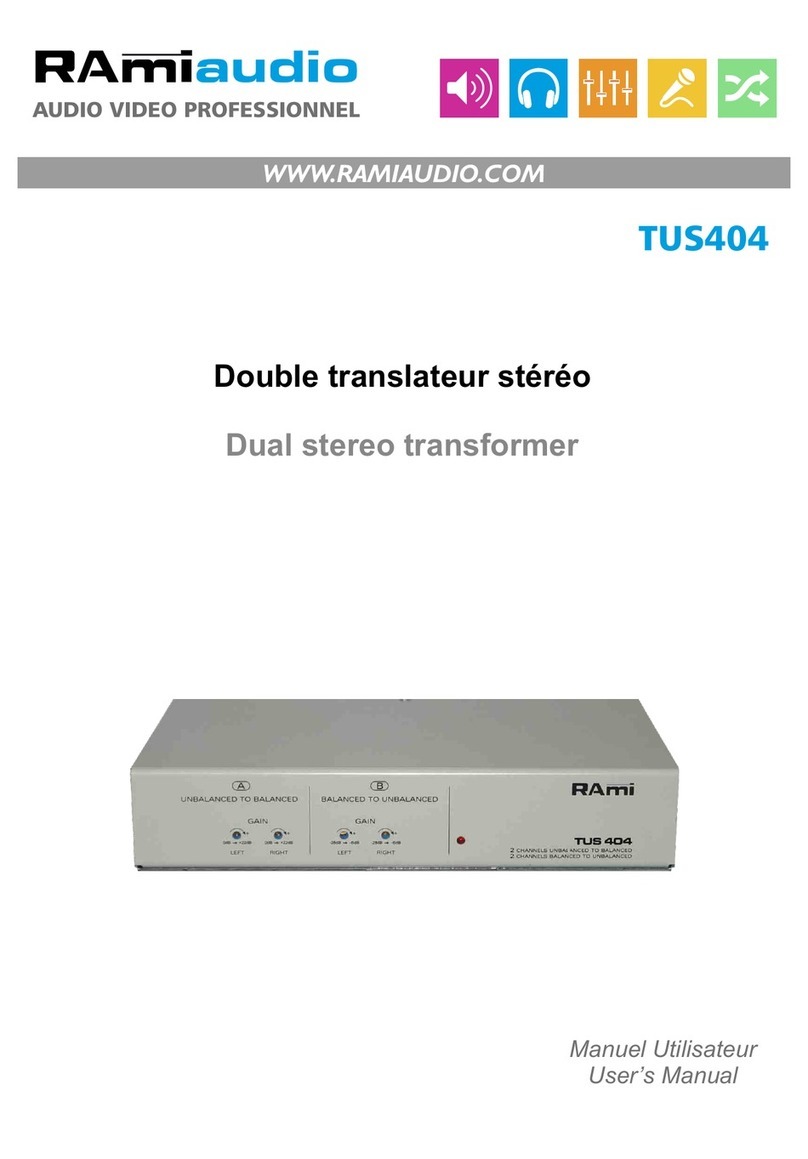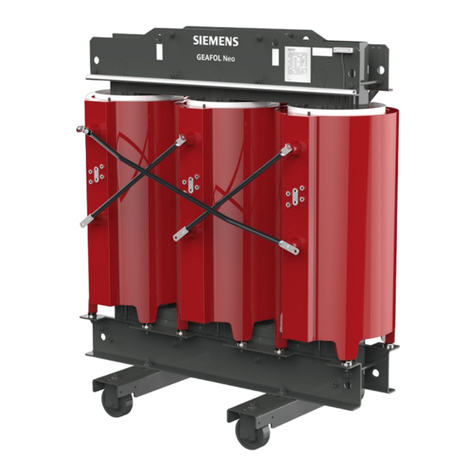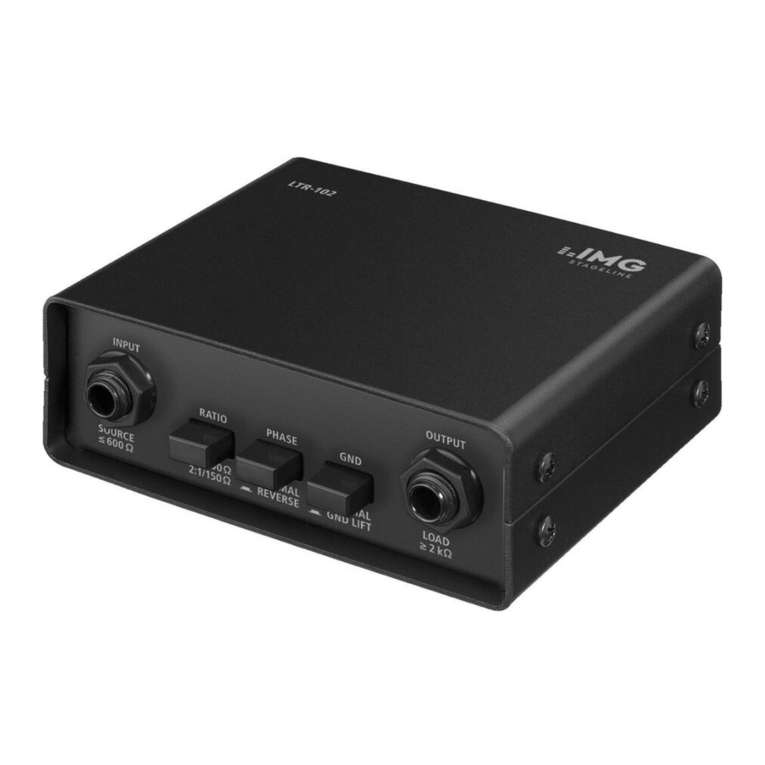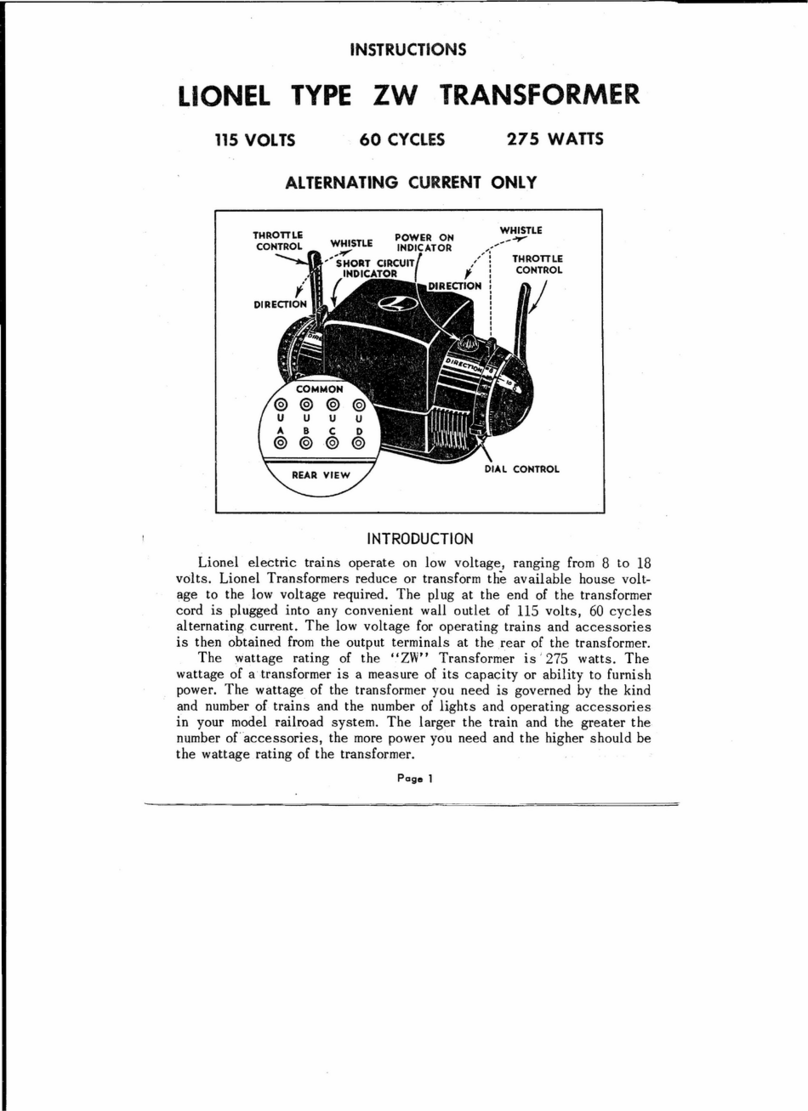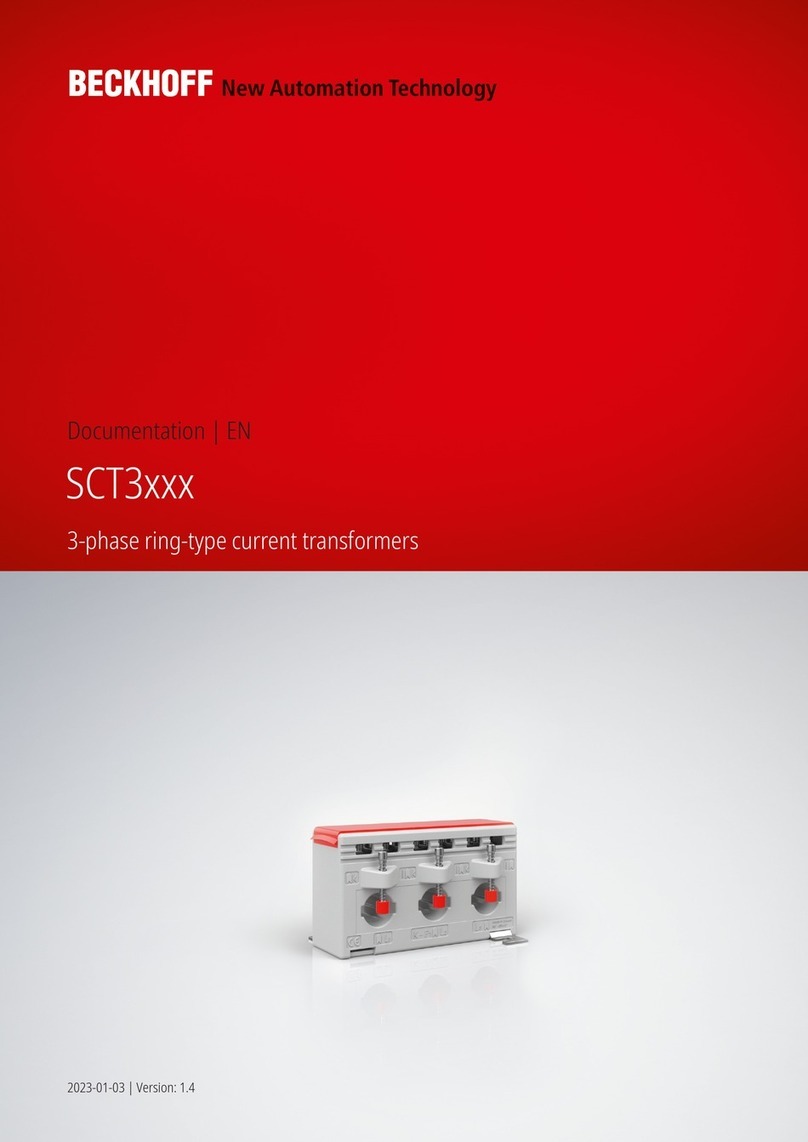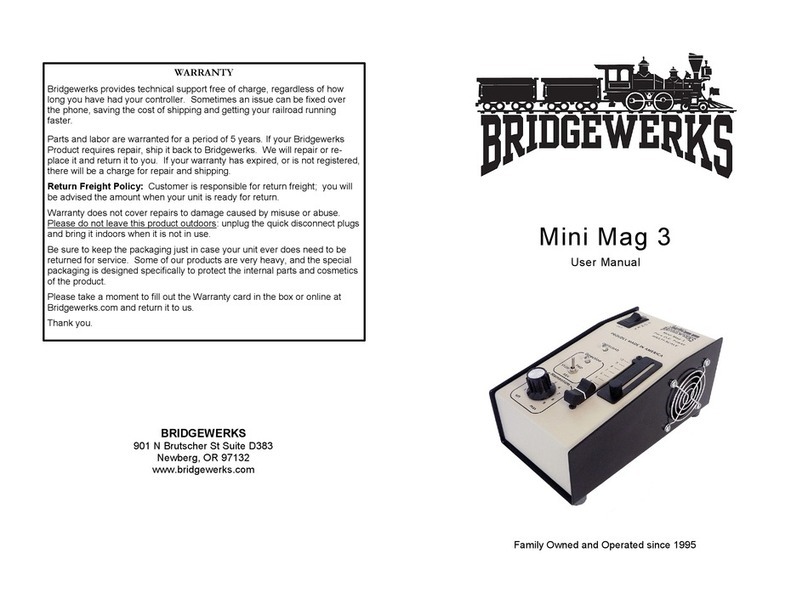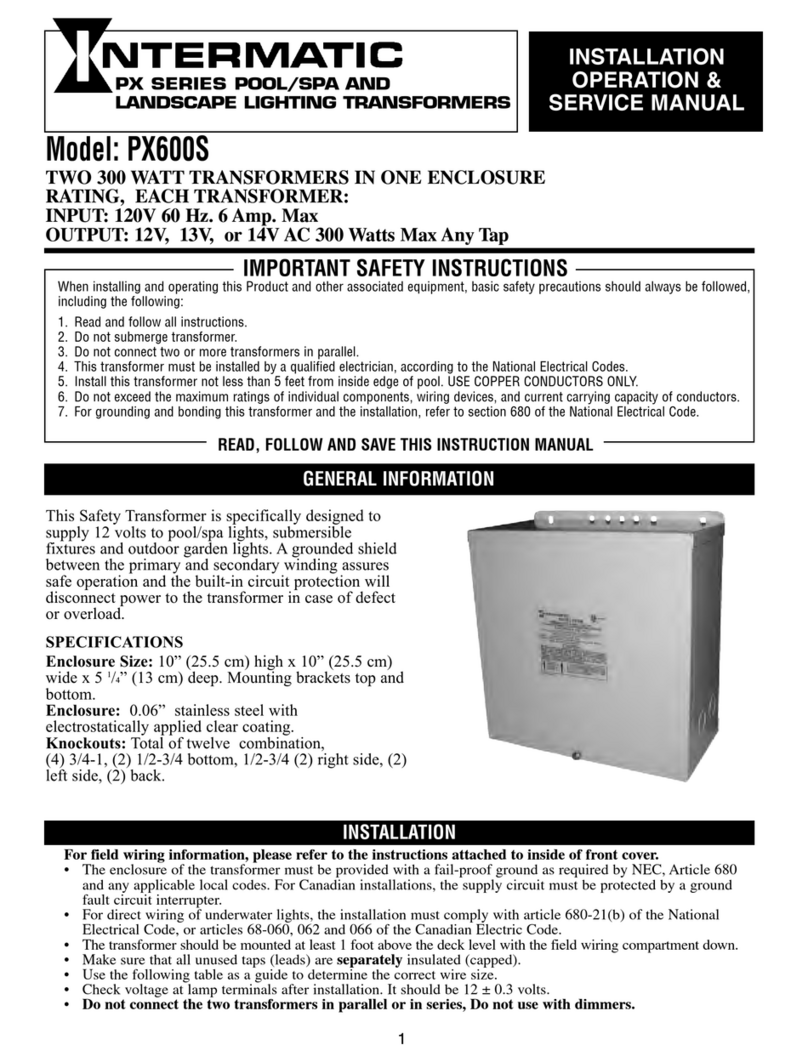
AZT-9
ZPrAE Sp. z o.o. 1
1. APPLICATIONS.
Autonomous AZT-9 protection device is dedicated to safeguard a transformer in
emergencies, especially when primary protections of the transformer fail to operate due to
loss of auxiliary voltage. It is possible since independent power supply circuits are used:
opower supply provided by current transformers for both the basic logic functions
(protection, disturbance recorder, binary inputs, relay outputs, basic
communication) and for energy storages used to generate an impulse for a
switch off coil,
oexternal AC/DC power supply allowing for extension of the device's functionality
with additional binary input cards, relay outputs and extended external
communication (Ethernet, optical cable, …).
ooptional auxiliary power supply provided by circuits of voltage transformers.
Application of this power supply solution allows it to work even in case of a loss of
primary power supply. If AZT-9 detects a fault requiring the transformer to be switched off
in order to protect it against destruction, the device sends a switch off impulse from an
independent, internal, capacitor energy storage.
1.1. Basic features of the AZT-9 protection device:
Overcurrent and earth-fault protections with one, two or three stages, with independent
or dependent characteristics.
Protection against asymmetric power supply and loss of phase.
Undercurrent protection.
Input of an external trigger of storages acting as breaker failure protection.
Protection against oversaturation of instrument transformers (SAT).
Twin energy storages allowing for operation with two circuit breakers (two coils) or in
case of parallel collection allowing for increasing the impulse energy or sending two
impulses within a set time interval (so-called re-trip).
Internal event and disturbance recorder.
Circuit breaker diagnostics: control of operation time, number of trip outs and a sum of
currents tripped out.
Device locking input.
Communication with a monitoring system via IEC 61850 and 870-5-103 protocols, over
optical cables or other method specified by the customer.
Set of 8 configurable multicolour LEDs displaying information selected by the user from
an internal list.
Set of 4 configurable operation indicators with magnetic memory.
Front panel with buttons and an LCD display for overview of operating parameters and
setting basic configurations from the device's front panel.
Optional power supply module for supplying additional power to the device from voltage
transformers.
Optional module of a test socket for device testing.
Set of relay outputs for signalling operation and disturbance in operation of the device.
Set of universal binary inputs
The AZT-9 protection device is supplied with necessary software ( ) and full
documentation in Polish required to design, perform independent configuration and
facilitate device operation.

